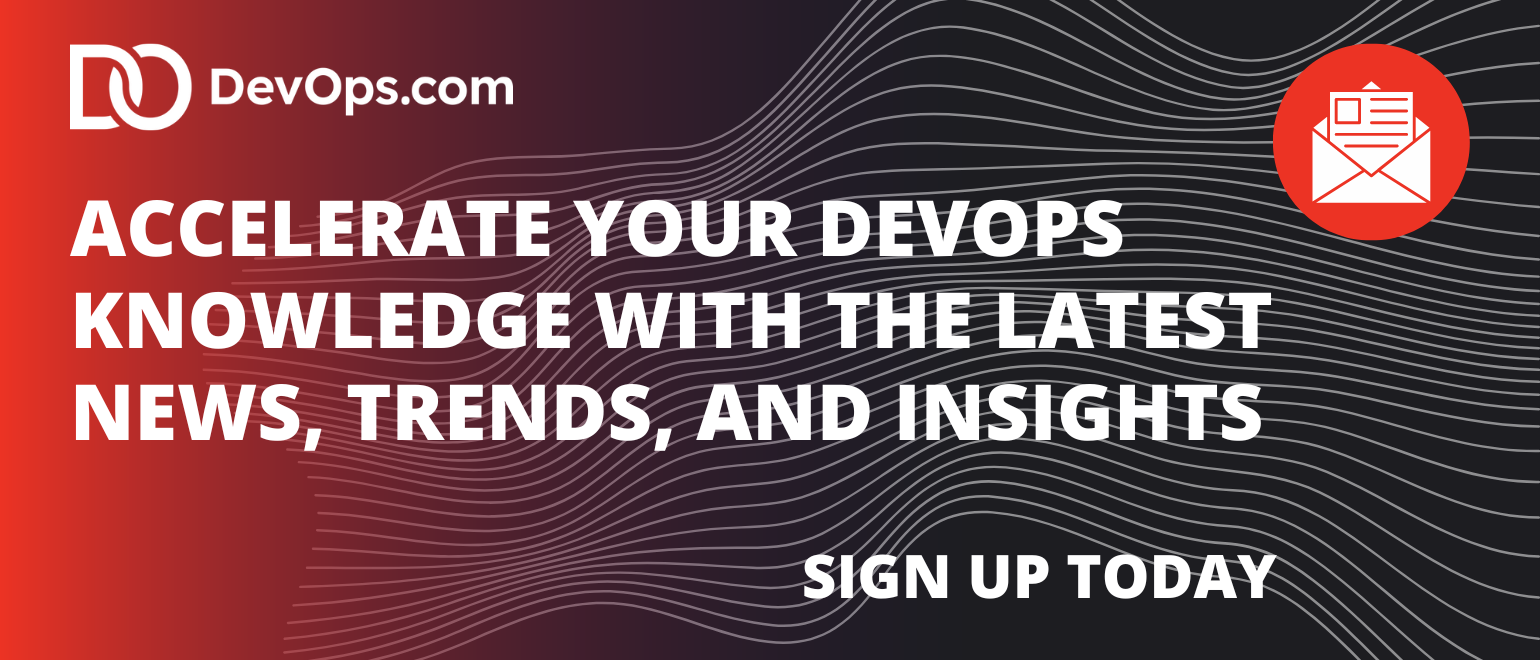The maintainers of the open source OpenTelemetry project for collecting telemetry data are working toward adding support for artificial intelligence (AI) agents.
Morgan McLean, a co-founder of the OpenTelemetry project and a director of product management at Splunk, a unit of Cisco, said semantic extensions to OpenTelemetry will make it possible for observability platforms to also collect and analyze telemetry data generated by AI agents alongside other applications.
The overall goal is to eliminate the need to deploy a separate platform to observe AI agents, he added.
In general, adoption of OpenTelemetry has continued to accelerate as it has become simpler to deploy and configure. For example, when deployed, an OpenTelemetry collector will automatically discover the elements of an IT environment from which it can collect telemetry data. That ability to sniff out data sources has significantly reduced the amount of effort previously required to deploy OpenTelemetry, said McLean.
Earlier this week, Cisco also previewed a series of AI agents for the Splunk Observability platform that are capable of automating the collection of telemetry data using open source OpenTelemetry software, detecting issues, identifying root causes, and applying fixes.
At the same time, Cisco also launched Cisco Data Fabric, a platform that makes it possible to aggregate and analyze machine data at scale without having to ingest it into a specific platform. That platform will also soon be extended to add support for analyzing time-series data as well, using multiple AI toolkits that Cisco is making available.
Previously, Cisco has also revealed it is building a large language model (LLM) that is being trained using telemetry data. That capability is at the core of a platform dubbed AI Canvas, through which Cisco is unifying the collection of network, cloud, security and observability data in a way that will be exposed to AI agents that will then automate a range of IT tasks.
It’s not clear how widely OpenTelemetry has been adopted, but as the cost of instrumenting applications has dropped, the amount of telemetry data being collected has significantly increased. Prior to the rise of OpenTelemetry, many DevOps teams limited the number of applications they would instrument because the cost of deploying the software needed to collect telemetry data was significant.
The one apparent thing is that observability and traditional IT monitoring continue to converge. In fact, in many cases, observability platforms that can be used to both analyze telemetry data and, by extension, monitor IT events, are replacing legacy IT monitoring tools that only track a comparatively narrow range of IT metrics.
Hopefully, with the rise of AI agents, it will soon become easier to manage increasingly complex IT environments that are now being continuously updated. It’s rapidly becoming all but impossible to rely on manual workflows to effectively manage modern IT environments. IT teams will still be needed to validate the actions suggested by AI agents, but as they become pervasively deployed it is now only a matter of time before much of the toil that today conspires to make working in IT more difficult than anyone cares to admit might soon be eliminated.




